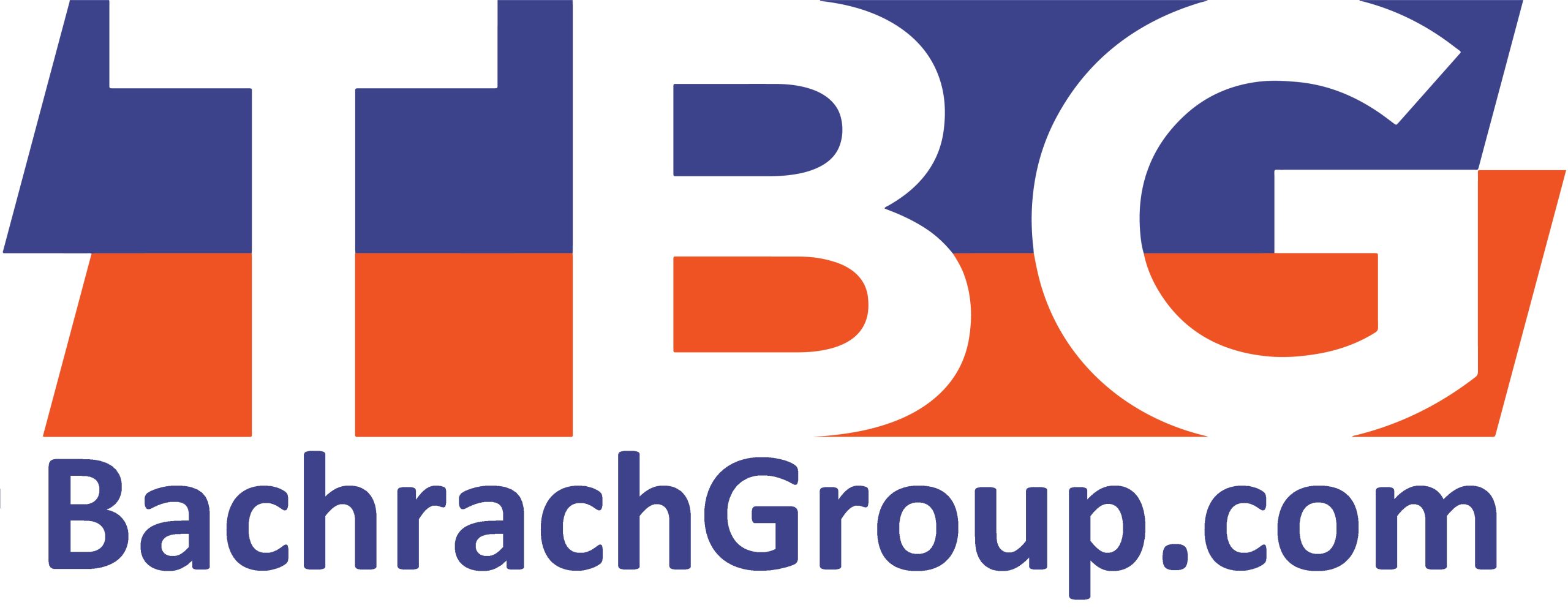Employee turnover presents a formidable challenge for companies across industries. Losing top talent not only disrupts workflow but also incurs significant costs associated with recruitment, onboarding, and lost productivity. In response to this issue, organizations are increasingly recognizing, addressing, and discussing strategic talent retention plans.
At TBG, we constantly hear the battle of poor management, the fear of roles flipping too quickly, and the question if the grass is greener. Our visibility into each market gives us the opportunity to find solutions to this ongoing issue. Below we highlight some recurring problems, outline key approaches to talent retention, and highlight the benefit of partnering with a staffing agency like TBG.
Understanding the Dynamics of Talent Retention
Internal career development and skills enhancement emerge as pillars of talent retention. According to our latest research, employees are more likely to stay with organizations that prioritize their professional growth and offer opportunities for skill advancement.
Employees across industries never remain complacent. According to a recent report, 70% of employees say their current job aligns with their values but over 50% of that group would still consider a change in their role to reach certain milestones. Nearly 65% would make the jump to expand their network, learn new skills, or receive a title change/promotion. While a little under 50% of that group would consider switching on just compensation alone.
Proactive engagement with employees is essential in identifying potential flight risks. Recognizing signs of discontent, such as diminished interest in workplace culture or declining productivity, enables managers to intervene proactively and address underlying concerns before they escalate. As stated above, many employees don’t want a shift in career, but many would swing given the right sell.
Fostering a Culture of Appreciation and Recognition
Gratitude and appreciation play a pivotal role in fostering employee engagement and loyalty. As Emily Doucet, Senior HR Generalist at TBG emphasizes, “Employees don’t leave companies; they leave poor managers and bad cultures. Recognizing the contributions of employees through company-wide communication, specific shoutouts, and internal initiatives reinforces a culture of appreciation.”
“At TBG, we’ve implemented an internal reward program where colleagues can collect ‘Bachrach Bucks’ to acknowledge each other’s efforts,” explains Sophia Interlicchio, Chief of Staff. “This initiative promotes a culture of recognition and camaraderie, with rewards ranging from swag to weekend excursions, highlighting our commitment to appreciating and celebrating our team’s accomplishments. We still clap and send emails around like every other agency, but this unique program separates us from the rest.”
Recognizing employees’ contributions through initiatives like TBG’s internal reward program creates a culture of appreciation and loyalty which leads to a much higher chance of retention and commitment. Hiring employees who are a great culture fit for your company is the first step to creating strong employee retention but finding that perfect match is not always easy.
The Role of Strategic Recruitment Partnerships
Partnering with agencies offers a strategic advantage in talent acquisition and retention. By leveraging our extensive network and industry expertise, organizations gain access to top-tier talent and valuable market insights. This collaborative approach streamlines the hiring process and enables companies to identify candidates who may not be actively seeking employment but possess the skills and qualifications needed.
“Investing in a strategic recruitment partnership yields a significant return on investment,” emphasizes Interlicchio. “Beyond filling immediate hiring needs, recruitment agencies serve as trusted advisors, providing insight into market trends and candidate preferences. Partnering can also provide a web of resources; one being TBG’s annual Salary Guide which provides industry trends and compensation benchmarks. By tapping into this expertise, organizations can enhance their growth efforts and stay ahead of the competition.”
Creating a Path Forward
Employee retention requires proactive engagement, strategic foresight, and continuous improvement. By understanding the evolving needs of their workforce and leveraging strategic recruitment partnerships like TBG, organizations can position themselves for long-term success in an increasingly unsettled marketplace.
“Employee retention is not just about offering competitive compensation; it’s about creating a supportive and inclusive workplace culture where employees feel valued and empowered,” concludes Doucet. “By prioritizing internal discussions and strategic recruitment initiatives, organizations can cultivate a resilient and engaged workforce, driving sustainable growth and success.”
Together, let’s navigate the complexities of talent retention and unlock the full potential of your organization’s most valuable asset—its people.
– Sophia Interlicchio, Chief of Staff



